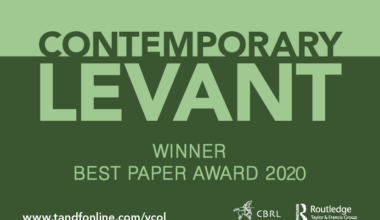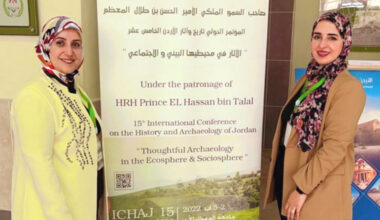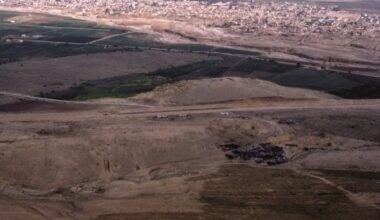We are thrilled to announce the winners of the first annual Levant Summer Prizes!
Launched in 2022, CBRL’s international peer-reviewed journal Levant offers two annual prizes for Best Paper and Early Career Best Paper, which aim to recognise excellent research and scholarship on the archaeology and history of the Levant region, its diasporas and neighbouring countries (prehistory – Ottoman). For the aims and scope of the journal, please see here.
For the first round of the prizes, the Best Paper award has been awarded to Steve Mithen (University of Reading), for his paper entitled: Shamanism at the transition from foraging to farming in SW Asia: Sacra, ritual, and performance at Neolithic WF16 (southern Jordan), and the Early Career Best Paper to Golan Shalvi (University of Haifa), for his paper The long seventh-century BCE at Tel Shiqmona (Israel): a high-resolution chronological tool for the Levant and the Mediterranean.
Steve Mithen, winner of the Best Paper award, commented: “I am delighted to be awarded the Levant Summer Prize for 2022. When so many advances in archaeology are being made by the laboratory application of new scientific techniques, I’m pleased that the CBRL continues to value archaeological fieldwork and interpretative studies of material culture that draw upon detailed contextual information from excavation reports.”
“Naturally, since I am immersed in my research topics, everything looks pretty significant to me. Therefore, it is often difficult to assess how far the research conclusions are really of somewhat wider importance. Levant‘s award actually confirms, in some way, my hope that this research may be significant for understanding history. It is a great honour for me and I thank the committee members for their trust in my study,” said Golan Shalvi, winner of Early Career Best Paper.
Below is an abstract of the winning papers:
‘Shamanism at the transition from foraging to farming in SW Asia: Sacra, ritual, and performance at Neolithic WF16 (southern Jordan)’ by Steve Mithen: Shamanism is a pervasive form of ritual practice documented within hunter-gathering and farming societies throughout the world. Could shamanism account for intriguing finds from the early Neolithic settlement of WF16 in southern Jordan, notably a large quantity of bird bones, zoomorphic artefacts and architectural features? A range of interpretations for the evidence are considered, with shamanism emerging as the most compelling; suggesting that shamanic thought and practice pervaded daily life at WF16. It is possible that shamanism played a key role in the Early Holocene transition from hunting and gathering to farming in Southwest Asia, as it provided a means for coping with the uncertainty arising from climate and economic change.
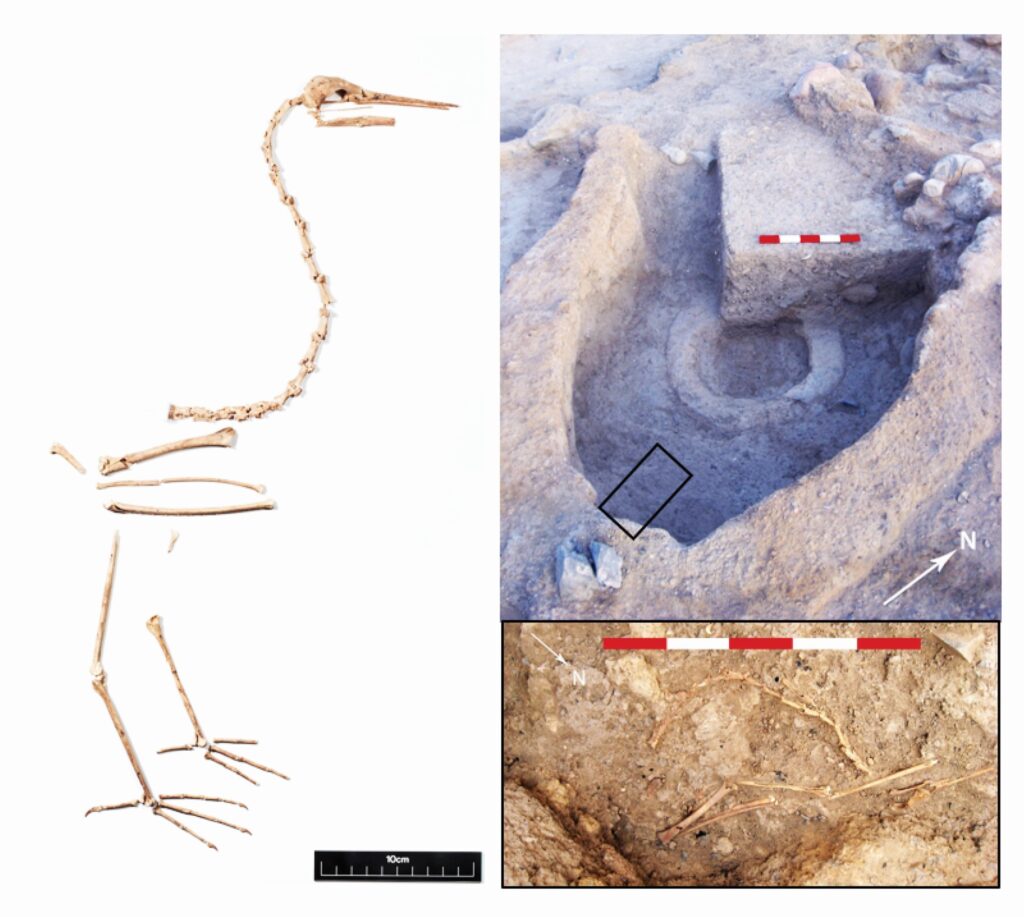
‘The long seventh-century BCE at Tel Shiqmona (Israel): a high-resolution chronological tool for the Levant and the Mediterranean’ by Golan Shalvi: The 7th century in the southern Levant is characterized by Assyrian rule and subsequent Egyptian domination. Despite the relatively violent nature of this century, and abundant historical documentation, occupations both in the southern Levant and Lebanon are dated with low resolution. This deficiency was mainly created by a lack of destruction layers within this century, resulting in a dearth of chronological anchors for ceramic developments. At Tel Shiqmona, a unique purple-production centre that had been frequently destroyed, an unparalleled sequence of five layers of late Iron Age destructions/abandonments has been preserved, spanning a little over 100 years. These enable the definition of detailed typological developments of Phoenician transport jars. Being a widely distributed commercial vessel, exhibiting frequent typological changes and originating from a limited number of workshops, these jars constitute the best chronological index yet for the late Iron Age Levant. This paper presents the Tel Shiqmona sequence, outlines the typological development of the jars and explains their chronological designations. The benefits of defining archaeological sub-divisions within the 7th century BCE are highlighted by two examples: the chronology of Tyre; and settlement/geopolitical dynamics in the Assyrian province of Megiddo. It is argued that this chronological tool can be applied broadly around the Mediterranean.
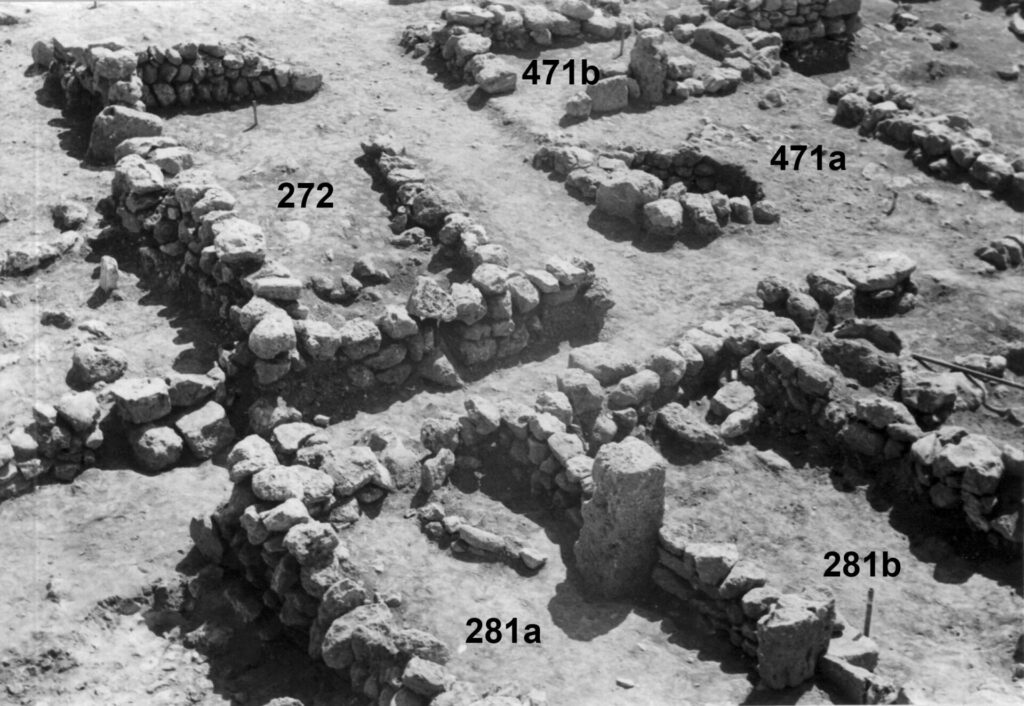
Judges comments for the Best Paper included: “I enjoyed the paper, which is an important contribution that will be widely read and cited,” and for the Early Career Best Paper, “This is an excellent paper. It is well written, the structure is clear, it has a clear narrative and the material is fascinating, new (to the best of my knowledge) and should be of wide interest to readers of Levant.”
About the winners: Steven Mithen is Professor of Early Prehistory in the Department of Archaeology at the University of Reading, UK. He joined Reading in 1992 after taking a BA (hons) in Prehistory & Archaeology at Sheffield University, an MSc in Biological Computation at the University of York, a PhD at the University of Cambridge and a holding Research Fellowship at Trinity Hall, Cambridge. His primary research interests concern the evolution of the human mind, language and music, hunter-gatherers, and the Neolithic transition, with two long-term field projects, one in the Hebridean Islands of western Scotland and one in Faynan, Southern Jordan (www.islayheritage.org, www.faynanheritage.org). Steven was elected a Fellow of the British Academy in 2001. Between 2005 and 2018 Steven held successive management positions at Reading, culminating in PVC for Research & Innovation and Deputy Vice Chancellor between 2014-18. Following those roles, he returned to the Department of Archaeology where he now teaches early prehistory and leads an undergraduate archaeological field school on the Isle of Islay, Scotland. Between 2017 and 2022, Steven led collaborative projects with UK and Jordanian colleagues using cultural heritage for sustainable development in Faynan, being awarded the Newton prize for Jordan in 2020. His books include The Prehistory of the Mind (1996), After The Ice: A Global Human History (2003), The Singing Neanderthals (2005), Thirst: Water and Power in the Ancient World (2012) and Land of the Ilich: Journeys into Islay’s Past (2021).
Steven Mithen is Professor of Early Prehistory in the Department of Archaeology at the University of Reading, UK. He joined Reading in 1992 after taking a BA (hons) in Prehistory & Archaeology at Sheffield University, an MSc in Biological Computation at the University of York, a PhD at the University of Cambridge and a holding Research Fellowship at Trinity Hall, Cambridge. His primary research interests concern the evolution of the human mind, language and music, hunter-gatherers, and the Neolithic transition, with two long-term field projects, one in the Hebridean Islands of western Scotland and one in Faynan, Southern Jordan (www.islayheritage.org, www.faynanheritage.org). Steven was elected a Fellow of the British Academy in 2001. Between 2005 and 2018 Steven held successive management positions at Reading, culminating in PVC for Research & Innovation and Deputy Vice Chancellor between 2014-18. Following those roles, he returned to the Department of Archaeology where he now teaches early prehistory and leads an undergraduate archaeological field school on the Isle of Islay, Scotland. Between 2017 and 2022, Steven led collaborative projects with UK and Jordanian colleagues using cultural heritage for sustainable development in Faynan, being awarded the Newton prize for Jordan in 2020. His books include The Prehistory of the Mind (1996), After The Ice: A Global Human History (2003), The Singing Neanderthals (2005), Thirst: Water and Power in the Ancient World (2012) and Land of the Ilich: Journeys into Islay’s Past (2021).
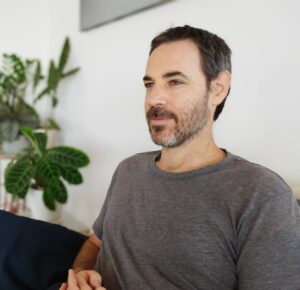 Golan Shalvi is a Ph.D. candidate in the School of Archaeology and Maritime Cultures (Deptartment of Archeology) at the University of Haifa and a research associate at the Zinman Institute of Archaeology. His M.A. research centred on all aspects of the Late Bronze Age at Tel Esur in the Sharon Plain, on the ancient Via Maris. His Ph.D. deals with Shiqmona in the Iron Age, focusing mainly on the function of this site as a purple-dye ‘factory’ and its significance for inter-regional networks of exchange. Shalvi has participated in many excavations as supervisor and has conducted large-scale stratigraphic and ceramic-typology analyses. His research entails various aspects of pottery, such as ceramic petrography and microbeam methods.
Golan Shalvi is a Ph.D. candidate in the School of Archaeology and Maritime Cultures (Deptartment of Archeology) at the University of Haifa and a research associate at the Zinman Institute of Archaeology. His M.A. research centred on all aspects of the Late Bronze Age at Tel Esur in the Sharon Plain, on the ancient Via Maris. His Ph.D. deals with Shiqmona in the Iron Age, focusing mainly on the function of this site as a purple-dye ‘factory’ and its significance for inter-regional networks of exchange. Shalvi has participated in many excavations as supervisor and has conducted large-scale stratigraphic and ceramic-typology analyses. His research entails various aspects of pottery, such as ceramic petrography and microbeam methods.












